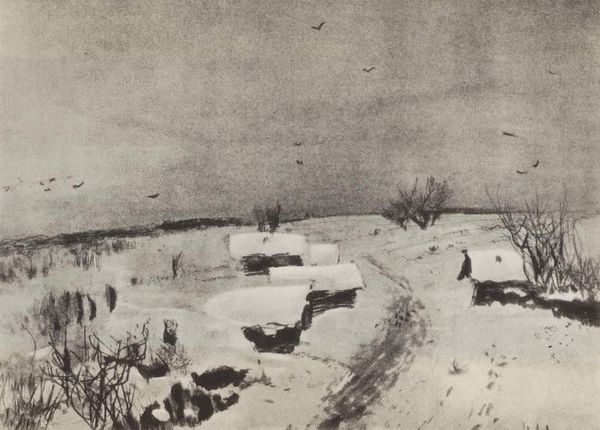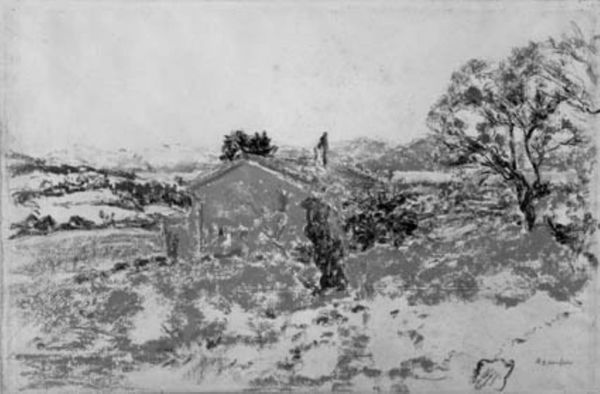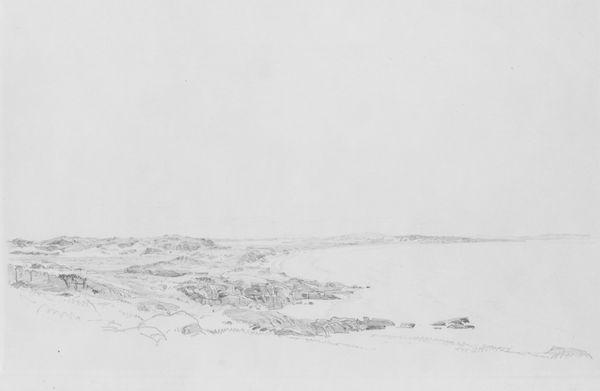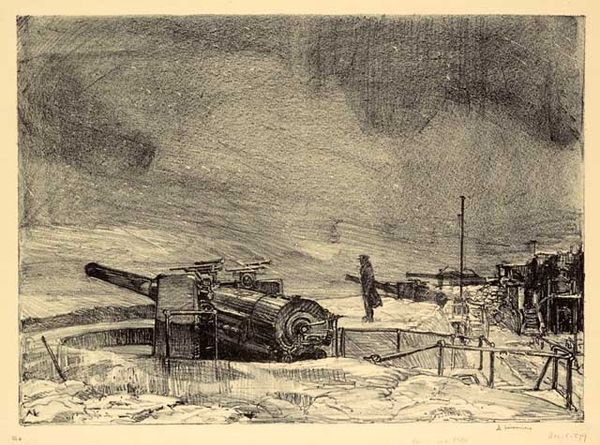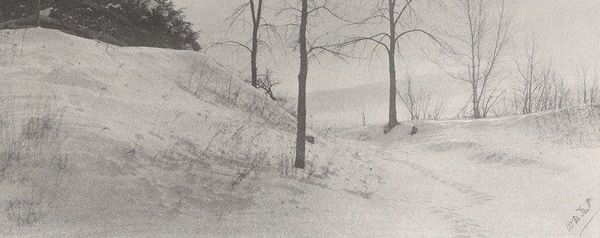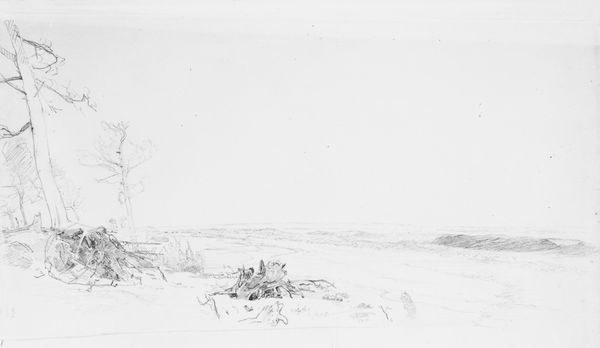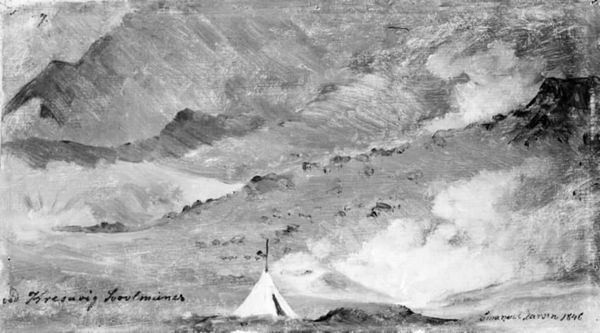
drawing, ink
#
pen and ink
#
drawing
#
landscape
#
ink
#
northern-renaissance
#
monochrome
Copyright: Public domain
This is Theodor Kittelsen’s bleak drawing of the island Røst, rendered in monochrome ink. It depicts a remote, snow-covered landscape with sparse buildings and a few isolated figures. Kittelsen was a Norwegian artist whose work often explored themes of nature, folklore, and the sublime. Given Norway's geography and cultural history, this piece seems to reflect a sense of isolation and the harsh realities of life in the northern regions. The stark contrast and desolate scene create a strong emotional impact, potentially critiquing the romanticized views of rural life often presented in art. The image could reflect the social realities of rural communities in Norway, where people faced harsh conditions and economic challenges. As art historians, we need to delve into the cultural context of Kittelsen's time: examining literature, social histories, and economic records to understand the piece's full resonance. Ultimately, this artwork reveals the artist’s critical commentary on the relationship between humanity and nature.
Comments
No comments
Be the first to comment and join the conversation on the ultimate creative platform.
